


MATEX Laboratory at the Institute of Experimental Physics is conducting research at high pressures, very low temperatures and in high magnetic fields.
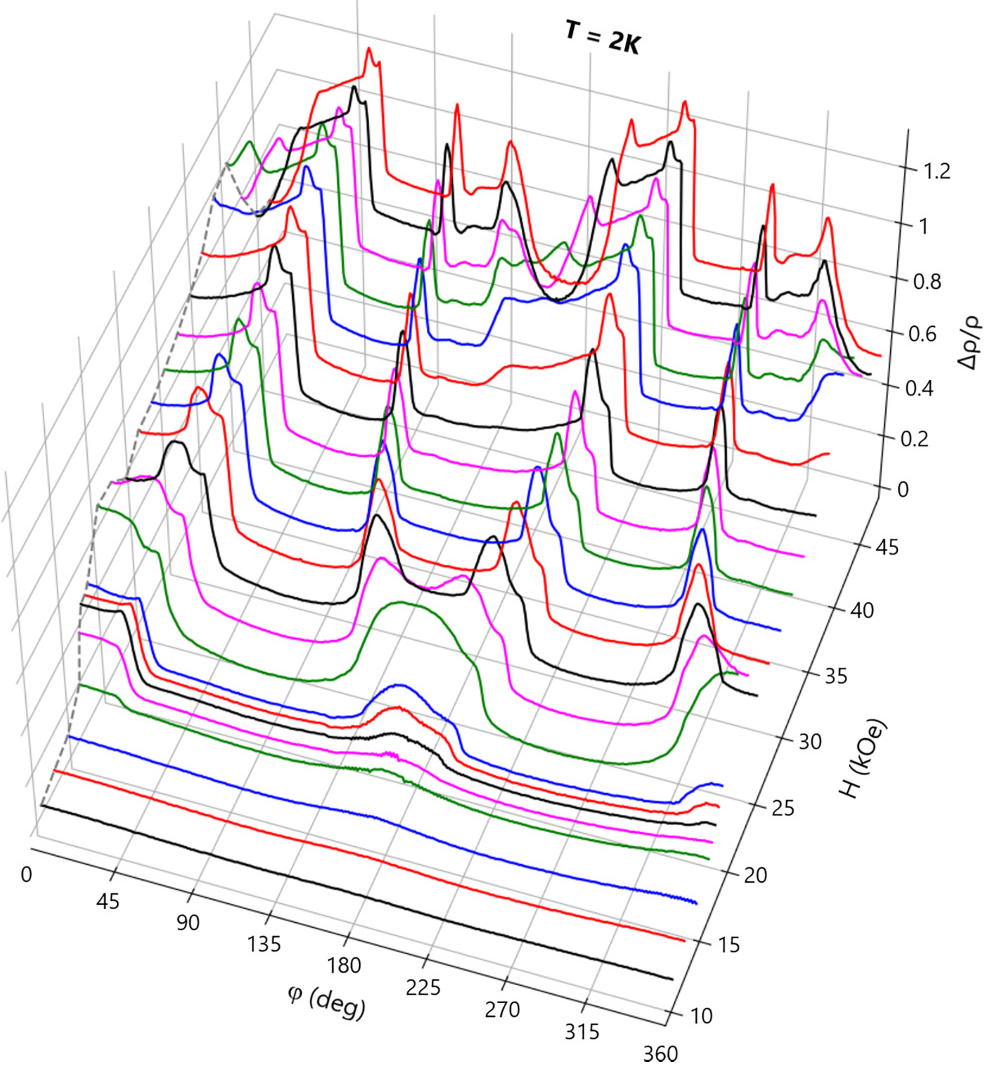
Angle-resolved magnetoresistance in the strongly anisotropic quantum magnet TmB4
We have performed angle-resolved magnetoresistance (ARMR) measurements in various magnetic fields. Results reveal the charge transport anisotropy in this strongly Ising anisotropic quantum antiferromagnet with a geometrically frustrated Shastry–Sutherland lattice of TmB4 exhibiting fractional magnetization plateaus. It is interesting that all features (maxima) related with the scattering of conduction electrons on spin magnetic structure are related eith fractional magnetization plateaus. Thus, ARMS appears to be a sensitive experimental tool relecting the angular dependence of the interplay between charge carriers and magnetic structure as a function of temperature and applied magnetic field. Results have been published in Physical Review B. (4. April 2023)
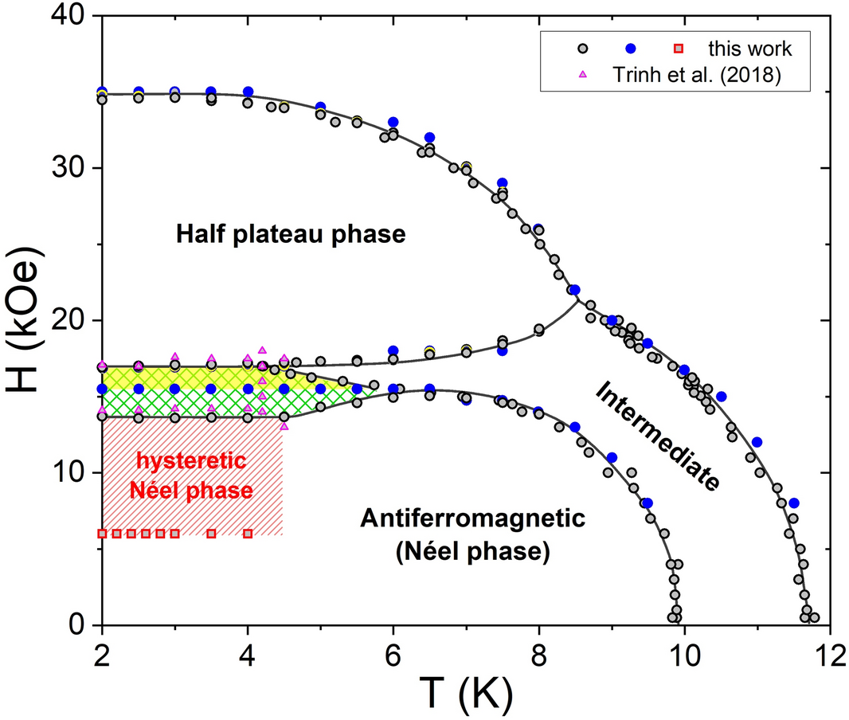
Ground state and stability of fractional plateau in TmB4
We have performed magnetization measurements in order to study of the ground state and stability of the fractional plateau phase (FPP) with M/Msat = 1/8 in the metallic Shastry–Sutherland system TmB4. Magnetization (M) measurements show that the FPP states are thermodynamically stable when the sample is cooled in constant magnetic field from the paramagnetic phase to the ordered one at 2 K. On the other hand, after zero-field cooling and subsequent magnetization these states appear to be of dynamic origin. Thus, in the same place of the phase diagram both, the stable and the metastable (dynamic) fractional plateau (FP) states, can be observed, depending on the way they are reached. All findings presented in this study can have an important input for further theoretical modeling of this metallic frustrated system based on the Shastry–Sutherland lattice. Results have been published in Scientific Reports (Nature Publishing Group). (25. March 2021)
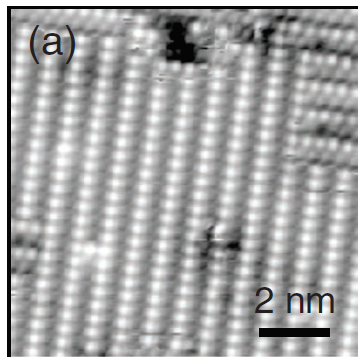
Direct comparison between STM and ARPES in SmB6
H. Herrmann and colleagues (Gabani, Flachbart) combine ARPES and STM measurements of the SmB6 crystal to gain a better understanding of the surface states. SmB6 is a strongly correlated material that has an insulating bulk and conducting surface states. Ther is still open question if these surface states are topological. Researchers observed different parts of the crystal as being B-terminated or Sm-terminated. Results have been published in Advanced Materials (Nature Index). (30. January 2020)
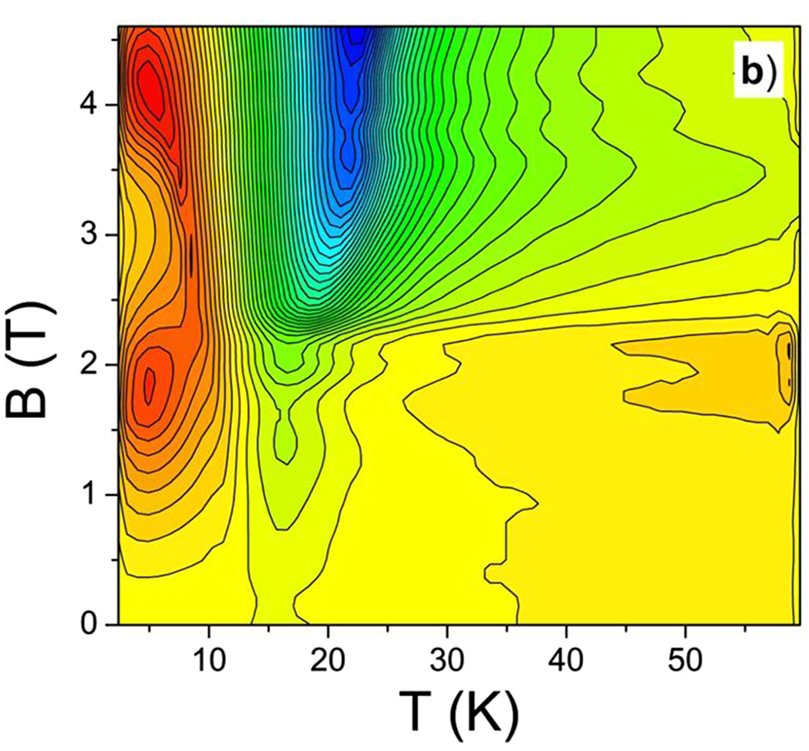
Rotating magnetocaloric effect and unusual magnetic features in TmB4
Our team of Laboratory of Extreme Conditions together with scientists from Germany and Ukraine, reported investigation of rotating magnetocaloric effect (R-MCE) in anisotropic magnetic system TmB4. Our study presents a new type of magnetic refrigerant with a rather large R-MCE for low temperature magnetic refrigaration. Moreover, results point to further interesting magnetic features in the ordered phase of this frustrated system. Results have been published in Scientific Reports (Nature Publishing Group). (19. July 2018)
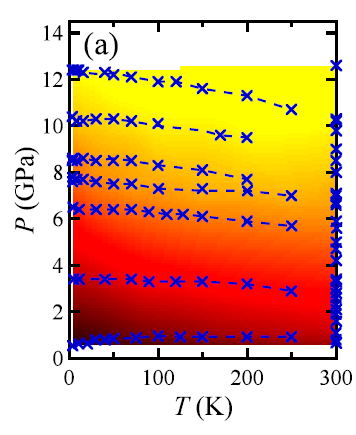
Kondo-like behavior near the magnetic instability in SmB6
Japanese team under supervision of Prof. T. Mito, together with physicist G. Pristáš from Institute of Experimental Physics from Slovakia, reported systematic study of Sm valence in the prototypical intermediate valence compound SmB6. The XAS measurements have been performed in wide temperature and pressure range at the SPring-8 synchrontron in Japan. Results have been published in Physical Review B, Rapid Communications. (30. April 2018)

Pressure effect on the superconducting and the normal state of Bi2Pd
Material β-Bi2Pd is one of the candidates for realization of topological superconductivity. Team from Institute of Experimental Physics, together with Spanish group performed high pressure experiments, where they studied electrical resistivity in superconducting as well as normal state. However results do not support topological origin of superconductivity, it seems that β-Bi2Pd is not simple BCS superconductor. The team has shown that also electron-electron interaction play important role in Cooper pairing. Results have been published in Physical Review B. (6. April 2018)
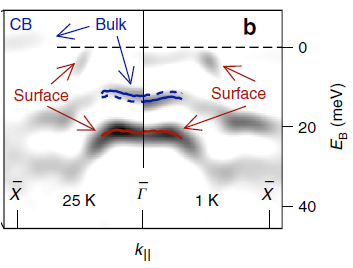
Samarium hexaboride is a trivial surface conductor
An international team (including S. Gabáni and K. Flachbart) at BESSY II headed by Prof. Oliver Rader has shown that the puzzling samarium hexaboride is not a topological insulator, as was previously proposed. Many theoretical and experimental works have indicated that this material, which becomes a Kondo insulator at very low temperatures, also possessed the properties of a topological insulator. The team has now published alternative explanation in Nature Communications. (6. February 2018)